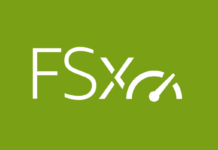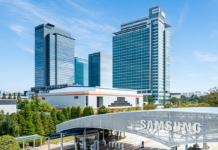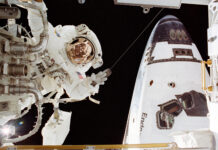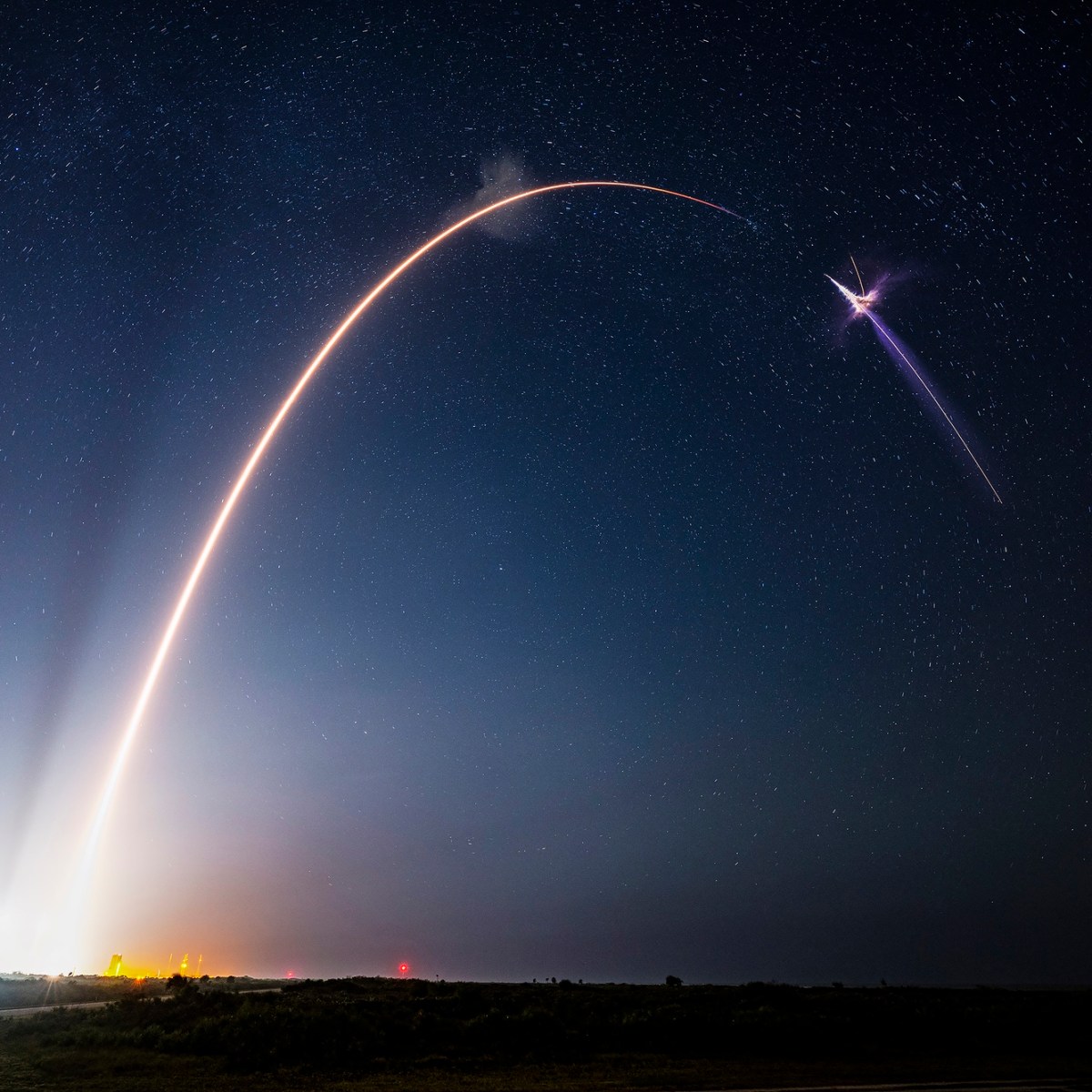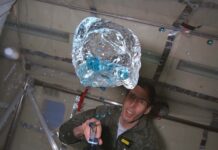SpaceX Launches Cargo Dragon Mission to the International Space Station, Emphasizing Safety
In the latest development from the realm of space exploration, SpaceX successfully launched a cargo Dragon mission to the International Space Station (ISS), solidifying its commitment to safety and innovation. The launch took place at 9:29 p.m. Eastern time on November 4, from Launch Complex 39A at the Kennedy Space Center. The Falcon 9 rocket efficiently deployed the Dragon spacecraft into low Earth orbit approximately nine and a half minutes after liftoff.
This particular mission, labeled CRS-31 or SpX-31, is scheduled to dock with the ISS at around 10:15 a.m. Eastern time on November 5. The docking will occur at the forward port of the Harmony module. This docking position was made available when the Crew-9 Crew Dragon spacecraft undocked from that port and moved to the alternate zenith docking port on Harmony, following a 50-minute maneuver executed early on November 3.
The cargo Dragon is carrying a payload of 2,762 kilograms destined for the ISS. This cargo includes a standard assortment of crew supplies, scientific investigations, and other essential hardware for the station. Among the 56 scientific investigations are two notable experiments. The first is the Coronal Diagnostic Experiment (CODEX), which will be attached to the station’s exterior to study the sun’s corona. The second experiment, ARTEMOSS, aims to assess how Antarctic moss reacts to the radiation and microgravity of space, potentially paving the way for future bioregenerative life support systems.
While this mission might seem routine, it incorporates several innovative features. Notably, the separation of the Dragon spacecraft from the Falcon 9 upper stage occurred 145 seconds earlier than in previous missions. Jared Metter, SpaceX’s director of flight reliability, explained during a pre-launch briefing on November 4 that this change was made possible by the extensive data collected from numerous missions, allowing for analysis that confirmed the previous longer separation period was unnecessary.
Another significant update is the Dragon’s planned execution of an ISS reboost maneuver while docked at the station. Scheduled for November 8, the Dragon will activate its Draco thrusters for 12 and a half minutes. Although the exact change in the station’s velocity and orbit due to this maneuver remains unknown, NASA and SpaceX officials have highlighted its importance. Bill Spetch, NASA’s ISS operations and integration manager, emphasized that this test is crucial for enhancing the capabilities of all vehicles operating on the ISS.
Metter added that the data from this reboost test will be instrumental for SpaceX as it develops the U.S. Deorbit Vehicle (USDV). This vehicle, a derivative of the Dragon spacecraft, is being designed to assist NASA in the final phases of deorbiting the ISS at the end of its operational life around 2030. NASA awarded SpaceX a substantial contract, valued at up to $843 million, in June to develop the USDV.
Addressing Safety Concerns
NASA and SpaceX have also addressed safety concerns related to the operations of Dragon and Falcon vehicles. These concerns were raised by NASA’s Aerospace Safety Advisory Panel (ASAP) during a public meeting on October 31. The panel highlighted recent anomalies, including malfunctions of the upper stage on two Falcon 9 launches.
Kent Rominger, a former astronaut and ASAP member, stressed the need for both NASA and SpaceX to maintain focus on ensuring the safety of Crew Dragon operations and to avoid complacency with routine operations. In response, Spetch stated that NASA is not altering its review process for Dragon launches due to these anomalies or the panel’s comments. He assured that NASA continues to conduct its standard reviews and collaborates closely with SpaceX on all aspects related to Dragon launches.
Metter emphasized the value of learning from each launch, stating that every mission presents an opportunity to gain insights and improve processes. He reassured that there is no evidence of “crossover” or common causes among the anomalies noted by ASAP or any other observations from Falcon launches. “We identified no crossover or common theme or systemic issue common to any of these anomalies,” he confirmed, underscoring the rigor of SpaceX’s safety procedures.
This launch and the associated activities mark another significant step in the ongoing collaboration between NASA and SpaceX. The successful deployment of the cargo Dragon, coupled with the planned reboost maneuver and continuous focus on safety, highlights the dynamic nature of space exploration and the continual advancements being made in this field. These efforts not only ensure the safety and success of current missions but also pave the way for future innovations and exploration endeavors.
Related Developments in Space Exploration
As space exploration continues to advance, it is accompanied by numerous innovations and developments. SpaceX’s ongoing partnership with NASA exemplifies the potential for public-private collaborations to achieve significant milestones. This mission is a testament to the robust infrastructure and processes that have been established to support continuous research and exploration in space.
Moreover, the experiments being conducted, such as CODEX and ARTEMOSS, highlight the diverse range of scientific inquiries being pursued aboard the ISS. These experiments have the potential to yield critical insights into solar phenomena and biological responses to space conditions, contributing valuable knowledge that can inform future space missions and technologies.
The development of the U.S. Deorbit Vehicle (USDV) further underscores SpaceX’s commitment to supporting NASA’s long-term objectives for the ISS. As the station approaches the end of its operational life, the USDV will play a crucial role in ensuring its safe and controlled deorbiting, demonstrating the foresight and planning involved in managing space infrastructure.
Overall, the successful execution of this mission, along with the proactive measures taken to address safety concerns, reflects the dynamic and evolving nature of space exploration. As we continue to push the boundaries of what is possible, the collaboration between agencies and companies like NASA and SpaceX will remain pivotal in driving progress and innovation in this exciting field.
For more detailed information about this mission and related developments, you can visit the original article on SpaceNews.
For more Information, Refer to this article.

















